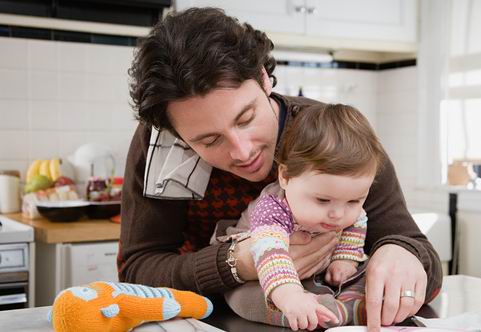How to Choose Toys with Better Cost Performance - Infant启蒙 - Hexun Blog
Many parents think that the more expensive the toys are, the better they will be for the intellectual development of their children. Is it really so? In fact, for children, toys are not just commodities. The value of a toy is not related to its price. For children, whether this thing can attract their attention is the criterion for evaluating whether a toy is good or bad. Those toys that can let children fully imagine, change in various ways according to their wishes, disassemble and assemble at will, throw around and beat around, as well as those simple, natural, primitive raw materials or semi-finished products, are more precious for children. If a toy can only be demonstrated by adults and cannot let children participate with both hands and feet, children will not be interested. For example, if you buy a remote control airplane for your child, once the novelty wears off, they may prefer to ride on a small chair and pretend to drive a car.
Suggestions for choosing and buying toys for children:
1. Choose toys suitable for the child's age and developmental characteristics.
Children of different ages have different preferences for toys. For example, children under 1 year old are more interested in colorful and simply shaped blow-molded toys, small animals made of different materials, music boxes that can produce pleasant sounds, and small rattles. Moreover, such toys can promote the development of children's sensory cognitive abilities. Children aged 2 to 3 years old develop motor skills quickly and need push-pull cars (duck cars, model cars that can be ridden and driven by walking), and large balls that can be chased and hugged. After the age of 3, building blocks, plastic construction sets, dolls, dollhouse materials, and entertainment toys can all become the favorites of children.
2. Choose versatile and innovative toys for children.
Such toys allow children to use both hands and feet while developing attention, imagination, and observational skills during brain-and-hand-involved games. For example, balls, building blocks, sand piles, and sticks have countless ways to play and endless wisdom, which makes children never tired of playing and constantly innovating. Can this fail to develop their intelligence?
3. Choose toys closely related to the child's life.
Toys closely related to the child's life, capable of causing pleasant feelings in children, and with simpler shapes, are more likely to attract children. Such as various dolls, animals, simple mechanical toys, and modeling toys.
Children need toys just like adults need work. Toys are the best mentors and friends in a child's life and an indispensable spiritual nourishment in the process of growth. However, children's choices and understanding of toys are different from those of adults. They focus more on whether the current toy can be played with and how fun it is, rather than thinking about how much the toy is worth or how to play according to the instructions. Therefore, from the important significance of toys for children, the value of a toy depends on the child's degree of liking it, rather than the height of its price.
